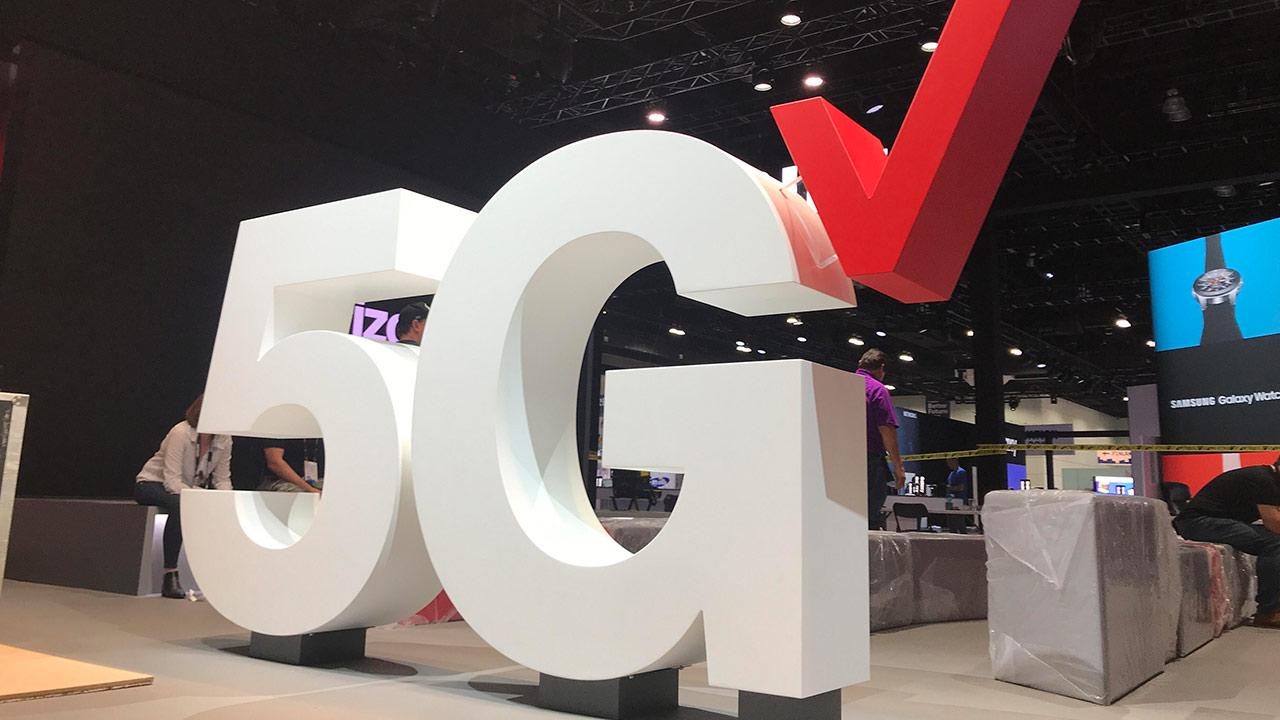Verizon – How Mergers Helped this Company Become the Largest Wireless Service Provider in America
Headquartered in New York, Verizon Communications Inc. is a multinational company that delivers broadband and wireless communications services. They are a global leader in the field of communications and operates America’s largest wireless network, with over 107 million connections. They have also branched into other areas and now provides services in information and entertainment sectors, working with a fiber-optic network.
Not only do they have a strong presence in the US, they also operate worldwide with customers in over 150 countries. Notably, they provide services to all of the companies listed in the Fortune 500. Verizon is a Dow 30 company, making more than $106.6 billion in revenues with over 195,000 employees. Here’s a look at their success story and what makes them so special.
About the Company
Bell Atlantic Corp and GTE Corp merged in 2000 to form Verizon, which is incorporated in Delaware. The company turned public and started trading on the New York Stock Exchange as VZ in July of the same year. Ten years later, the company switched to NASDAQ under the same ticker name VZ.
The symbols signify speed and the word, veritas meaning reliability, credited to being the origin of the company name. Though Verizon is a 21st-century company, the companies, and mergers that made its formation possible go back many years.
Their roots may be traced to the early beginnings of the telephone industry in the late 19th century. The telephone industry was given more definition with the signing of the Telecommunications Act in 1996, making it a competitive marketplace.
Merging and Surging Ahead
Some of the largest mergers in US business history created Verizon, with the first one being the joining of Bell Atlantic and GTE in 1998. This move led to their headquarters being shifted from Stamford to Texas. Both these companies had grown side by side, expanding, growing and acquiring other companies.
Each of them commanded substantial market share and were successful in their own right. Before the merger, GTE was one of the largest communications company in the world, ending 1999 with an annual turnover exceeding $25 billion. They had built over 35 million access lines throughout the US, Dominican Republic, and Canada. GTE also had a foothold in the wireless industry, with over 7.1 million customers and 72.5 million potential customers.
In comparison, Bell Atlantic was an even larger company with revenues crossing $33 billion. They served 43 million access lines, along with 22 million houses and over 2 million businesses. They managed the world’s most successful wireless communication companies, with over 7.7 million customers and customers in Latin America and Europe.
Furthermore, they were the world’s largest directory publisher. Hence, it comes as no surprise that the merger came in at over $52 billion. The two companies decided to merge to create a company that would become the telecommunication industry’s giants. It took two years to close, following reviews and approvals from both sides and the Federal Communications Commission.
Starting Verizon Wireless
Around the same time, Bell Atlantic and Vodafone started a new wireless business combining both their wireless assets. The joint venture received approval in six months and the new brand launched in 2000, followed by Verizon Wireless in April. Verizon held the majority share of 55% in Verizon Wireless, thereby controlling it.
During the beginning, leaders from both Bell and GTE shared management responsibility with GTE CEO Charles Lee becoming Verizon’s co-CEO, along with Ivan Seidenberg. Two years later, in 2002, Lee stepped down, while Seidenberg hung his boots in 2011, being succeeded by Lowell C. McAdam. Lowell served as Verizon’s President and Verizon Wireless’s CEO before becoming CEO.
After acquiring Alltel in 2009, Verizon Wireless turned into the largest wireless company in the U.S. Wireless revenue alone is over $92 billion as of 2016, making them the most successful wireless service provider in the US. Then, in 2014, Verizon made its largest investment by acquiring Vodafone’s 45% stake in Verizon Wireless for $130 billion. This transaction gave them full ownership over the American wireless industry, making them a global leader. With over 177,700 employees and an annual turnover exceeding $132 billion, the company looks all set to have a bright future.

Being a cinephile with a love for all things outdoorsy, Athulya never misses a chance to chase inspiring stories or poke fun at things, even when the subject is herself. Currently pursuing a degree in mechanical engineering, she is someone innately interested in technical and scientific research. Music reviews and op-eds define her as they allow her to explore different perspectives. Though sometimes she thinks she makes more sense playing the guitar than she does while writing.


